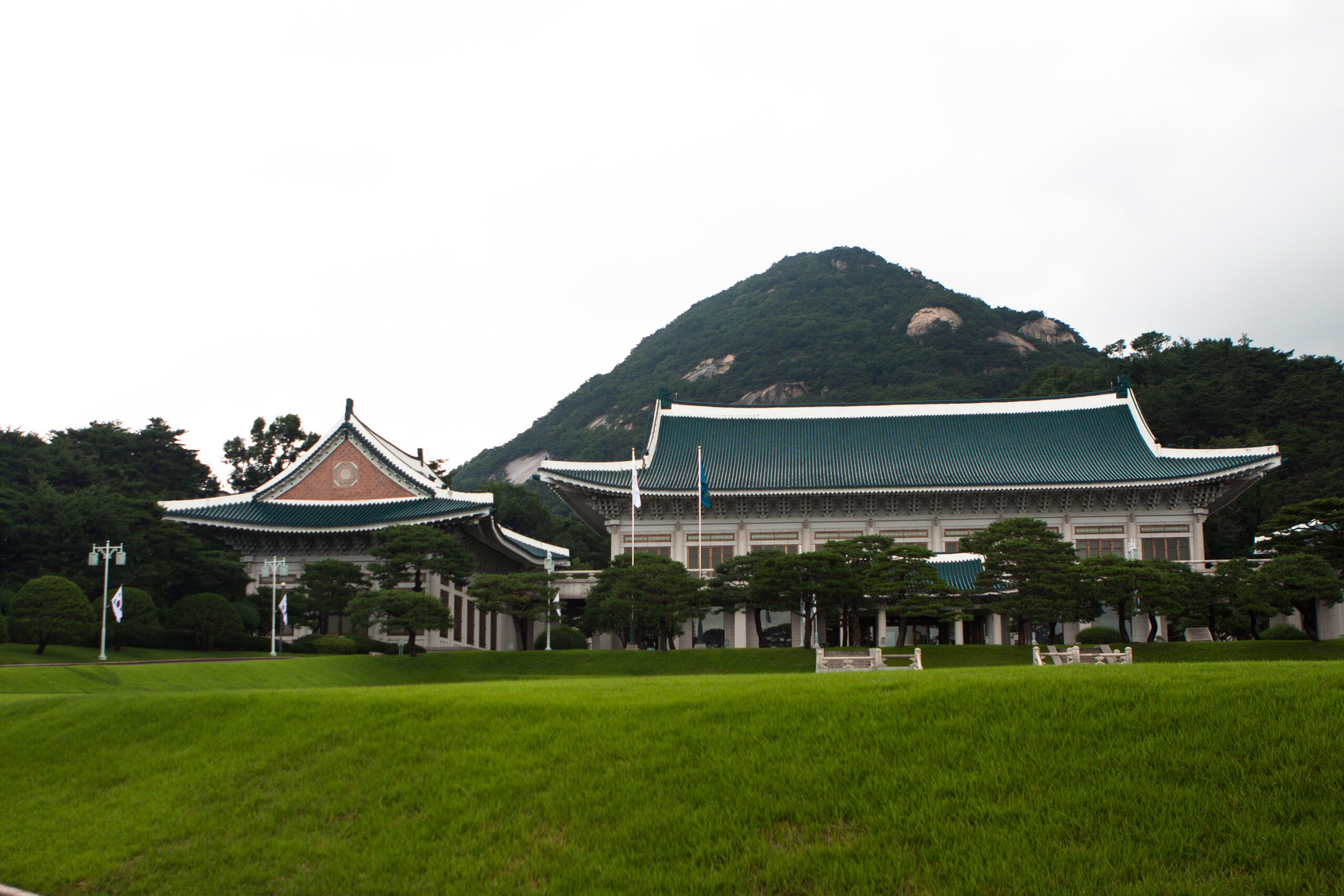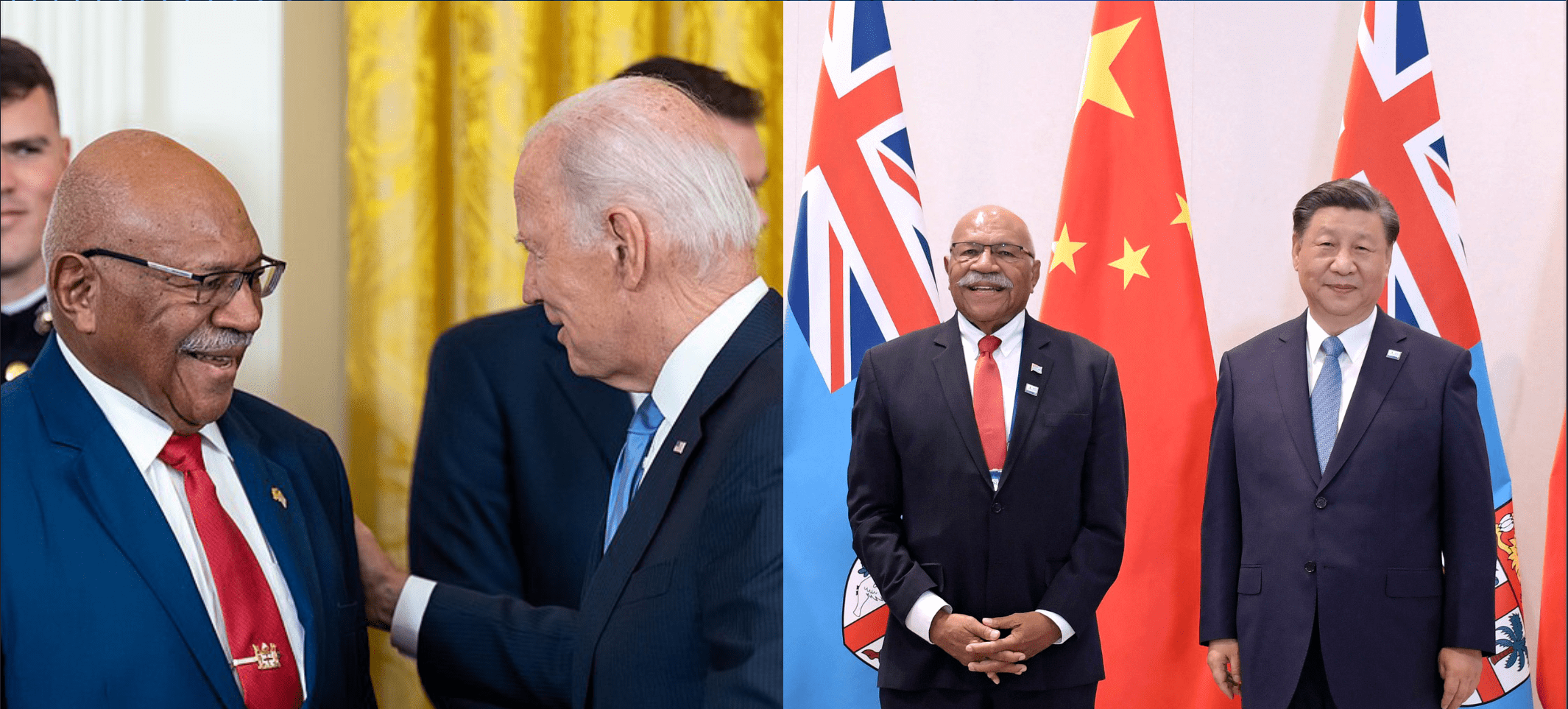The United States: An Increasingly Incidental Provider of Regional Stability in the Asia-Pacific?
The countries of Southeast Asia and its two most consequential interlocutors, China and the United States, have differing definitions and priorities regarding regional stability. For the United States and China, engaged in a strategic competition, some of these priorities are in direct opposition: what one gains, the other loses. However, there remains a limited set of conditions related to stability in Southeast Asia where the United States and China have compatible interests – or at least might agree that compromising on some interests is better than losing all. This report argues that countries of Southeast Asia should drive a discussion towards a limited set of commitments that actors could make to help maintain peace and stability in their region.
There have been two shifts in US foreign policy thinking over the last ten years, which have altered American views about the intrinsic value of regional stability in the Asia-Pacific: the United States today is predominantly concerned with (1) maintaining its economic access to the Indo-Pacific region, (2) ensuring US freedom of movement within and across the region, and (3) not ceding the region to China. While the first two goals are measurable and relatively near-term, the third is vaguer both in means of measurement and timeframe. It is the third, ambiguous goal, however, which represents the area of greatest opportunity for establishing mutual understanding and commitments to regional stability.
This report provides recommendations on how the United States, countries of Southeast Asia, and the broader Indo-Pacific might pursue regional stability, and how countries of Southeast Asia can engage US officials to broaden their perspective. The report also proposes a mapping of possible convergence (or non-divergence) of interests. Recommendations include:
- The United States should support balancing strategies. It is in the US interest that the countries of Southeast Asia individually and collectively believe that there is space to pursue balancing strategies.
- The United States should pursue minilateral cooperation only when it is clearly additive. The State Department approach of “building a latticework of interlocking relationships” can preserve the space Southeast Asian countries need, but such a strategy must be internally coherent and externally predictable.
- The United States should support ASEAN in a pragmatic and measured way. The United States needs to limit its expectations of ASEAN to specific, achievable goals. For those goals, the United States should work within ASEAN structures, so that those structures develop capacities.
- As the United States competes with China for influence, it should avoid self-inflicted wounds. In Southeast Asia, unforced diplomatic errors have been all too common over the last few administrations. The countries of the region want a strong economic relationship with the United States, partly because economic cooperation is a significant aspect of their relations with China.
- The countries of Southeast Asia should examine US and Chinese goals for the region. To maintain individual agency and some additional strength and coherency through association, they should examine what goals for the region are held by the United States and China individually; determine where these goals align, or at least do not directly conflict; and build support for what may be a new, limited definition of regional stability.
- Southeast Asian countries must find new ways to communicate to US officials their worries of abandonment or being forced to choose sides. American policy makers, engaged on a bi-partisan basis, need to be convinced that it is in the long-term interest of the United States for the countries of Southeast Asia to have room to maneuver even as US-China competition expands. This engagement needs to include widespread and substantive liaison with the US legislative branch. Congress especially needs to be convinced that it is in the US interest for the foreign policy independence of countries of Southeast Asia to be preserved, as opposed to expecting closer alignment with the United States.
- ASEAN member states should strengthen internal work towards ASEAN’s own goals. The countries of Southeast Asia should not stop with a limited, US-and-China accepted set of goals. ASEAN should continue its work within ASEAN mechanisms towards its self-defined goals for a region of “lasting peace, security and stability, sustained economic growth, [and] shared prosperity and social progress.”
- Scholars and policymakers should map possibilities for a limited agreed understanding of regional stability. There are multiple ways to define regional stability, and different countries may attach different priorities to the attributes associated with the term. Scholars should ask whether there are attributes of the current regional stability that China, the United States, and Southeast Asian countries all wish to preserve – or fear to disturb. Resolving this question will be crucial to developing a ‘next-best’ scenario, one which is not the best scenario for the United States, China, or Southeast Asian countries, but which constitutes an acceptable compromise.
About the Author
Ambassador (retired) Piper Campbell is inaugural Chair of the Department of Foreign Policy and Global Security at American University’s School of International Service. She teaches graduate courses on disputes and diplomacy in East Asia and the Indo-Pacific and is Chair of the ASEAN Studies Initiative. She also coordinates “Thinking Globally” and “Mongolian Area Studies” for the U.S. Department of State. Having served as Head of the U.S. Mission to ASEAN (2018) and Ambassador to Mongolia (2012-2015), her areas of expertise include working with multilateral organizations and navigating U.S.-China competition. Ambassador Campbell left government in April 2019, after a thirty-year diplomatic career, with the rank of Minister Counselor.
Disclaimer: The opinions articulated above represent the views of the author(s) and do not necessarily reflect the position of the Asia Pacific Leadership Network or any of its members. The APLN’s website is a source of authoritative research and analysis and serves as a platform for debate and discussion among our senior network members, experts and practitioners, as well as the next generation of policymakers, analysts and advocates. Comments and responses can be emailed to apln@apln.network.
Image: US President Joe Biden poses on stage with leaders of ASEAN states, 12 May 2022. White House, Wikimedia Commons.



